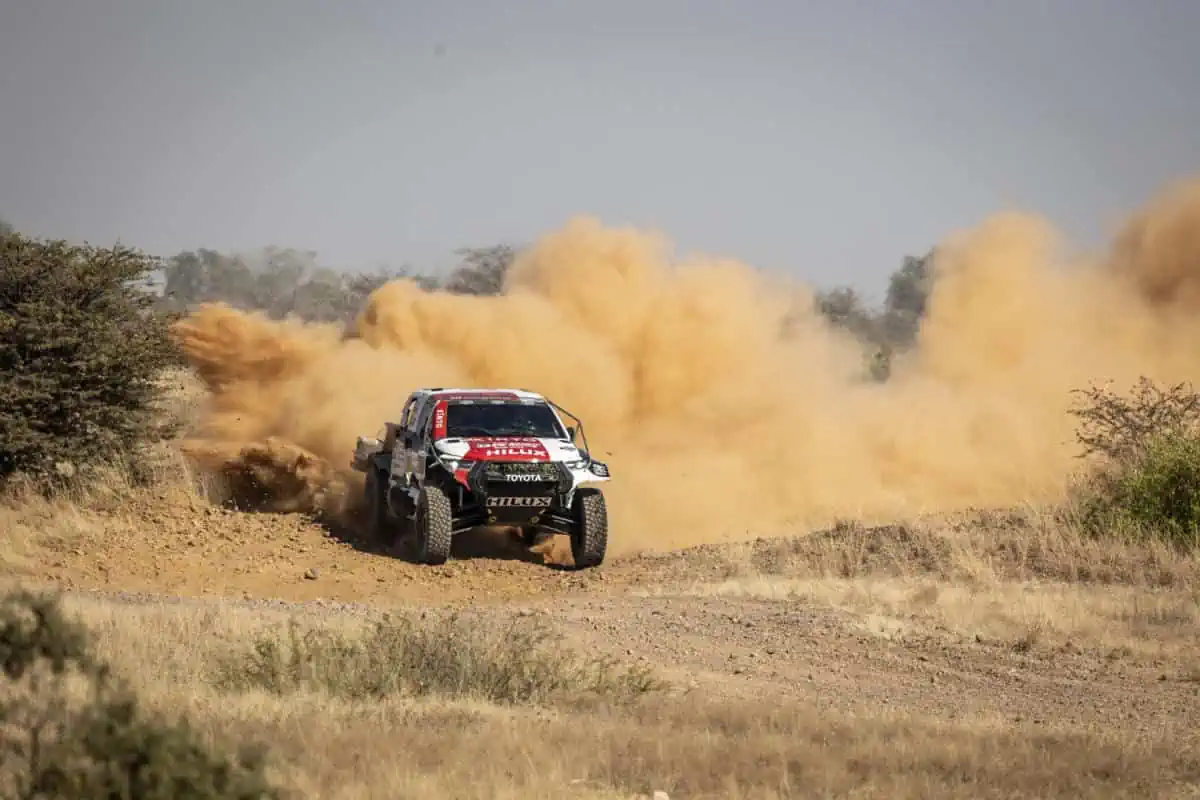- 3rd overall for Guy Botterill and Simon Vacy-Lyle
- 4th overall for Giniel de Villiers and Dennis Murphy
The 2023 TGRSA 1000 Kalahari Botswana Desert Race brought an exciting weekend of racing, with the hosts falling foul to the so-called “sponsor’s curse”, which saw the Ford team finish first and second overall. This, despite a spirited battle on the sandy tracks surrounding the town of Jwaneng in southern Botswana, which served as a base for the race for the first time since 2018.
By the time the dust finally settled and the scores tallied, it was Guy Botterill and Simon Vacy-Lyle who emerged as the leading TOYOTA GAZOO Racing SA (TGRSA) crew. The pair brought their GR DKR Hilux T1+ home in third place overall, trailing the winners by just over 8min after 1,000km of racing. They were followed to the finish by Giniel de Villiers and Dennis Murphy, who clocked in 17min behind their teammates in an identical car.
The biggest revelation of the weekend, however, was undeniably the blistering pace of young Saood Variawa, driving in his first round of the South African Rally-Raid Series (SARRC). The youngster was partnered with experienced co-driver, Danie Stassen, and the pair set about their business as if they’d been campaigning together for years. Variawa is only 17 years of age, and also leads the Global Touring Cars (GTC) championship for TGRSA.
He had previously raced in two regional cross-country events, but this was his first appearance in the big leagues, and despite his youth, young Variawa – son of Shameer Variawa, who had himself triumphed at the Desert Race years ago – posted the second-fastest time in the Qualifying Race on Friday before the main event. His time was only 2sec slower than pole position, which was set by Lance Woolridge (Ford).
SARRC championship leaders, Henk Lategan and Brett Cummings, went third-fastest in qualifying, setting a time 12sec slower than Variawa/Stassen. Botterill/Vacy-Lyle were fourth-fastest, with De Villiers/Murphy setting the 6th-fastest time. This meant that TGRSA as a team were well-poised to attack, but the final draw for starting positions saw De Villiers/Murphy opening the route on Day 2 of the Desert Race.
De Villiers and Murphy set about that tough task early on Saturday morning, but ultimately paid the price as the route was overgrown after four years with no cars racing in the area. Their day became even more challenging, as they struggled with intermittent alternator problems throughout the loop, ultimately finishing the day in 5th position.
Lategan/Cummings initially made up ground on the leaders, taking over at the head of the field and building a lead of nearly 4min after 300km of racing. At this point, a boot protecting one of the drive shafts failed, forcing the crew to stop and remove the damaged part. This cost them significant time, but they still managed to finish the day in 3rd place – just behind the two leading cars.
A similar fate befell Botterill/Vacy-Lyle, but they fought back and managed to recover to 4th place by the end of Day 2. As for Variawa/Stassen, they initially set highly competitive split times, running in 3rd overall after the opening loop of 200km. Unfortunately, the crew suffered three punctures during the second loop, forcing them to wait for a fellow competitor to assist them with a spare tyre, dropping them down to 8th in the overall standings by the time the day drew to a close.
The final day of the race dawned crips and bright, as the hundreds of thousands of spectators who made the pilgrimage to Jwaneng to watch the race again lined the route. The team had prepared Lategan/Cummings’ car meticulously, working hard to reduce the weight and giving them nothing but a lean, mean fighting machine, in their pursuit for victory.
But it wasn’t to be, despite the crew valiantly fighting their way to the head of the field, only to fall foul to a wheel bearing problem 70km into the first loop of the day. This meant that Botterill/Vacy-Lyle finished as the top TGRSA crew, with De Villiers/Murphy finishing 4th overall.
Variawa/Stassen continued their exceptional pace throughout the day, but early in the final race loop they caught up to a much slower competitor ahead of them on the road. They used the car-to-car buzzer system to alert the crew ahead, but despite the TGRSA crew having moved over for the same competitor earlier in the day, on this occasion they elected to stay ahead of the flying Variawa/Stassen.
The TGRSA crew continued to use the car-to-car system, staying close to the slower car in case an opportunity to pass presented itself. Unfortunately, the choking dust kicked up by the slower car presented a danger in itself, and at one of the road crossings Variawa braked just too late to avoid the car ahead and made contact. While the tough Hilux was able to continue the event and finish in a strong position, Variawa/Stassen were excluded from the results due to the incident.
“This places a damper on an otherwise exceptional weekend for young Saood,” said TGRSA Team Principal, Glyn Hall, after the race. “His pace and maturity is simply spectacular, and we are looking forward to see how he develops in the future. As for the rest of the team, we are obviously disappointed not to have won our home event, but at the same time we have to congratulate the Ford team on a well-deserved victory.”
The next event on the SARRC calendar is the Parys 400, which serves as both rounds 4 and 5 of the championship. This event is scheduled for 18 and 19 August, and will again take place in the area around the Free State town of Parys. While the points for the Desert Race are still to be ratified by the organisers, the championship situation has changed significantly, and TGRSA will have to work towards banking maximum points come the middle of August.
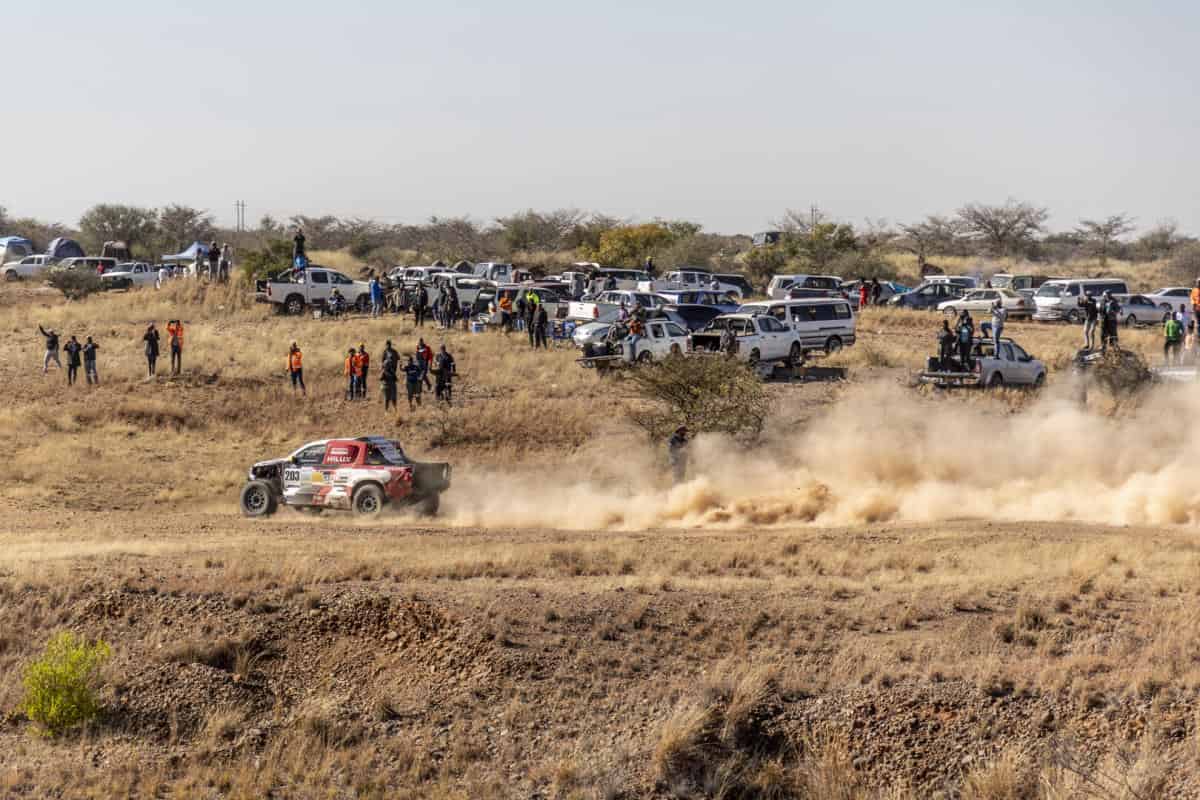
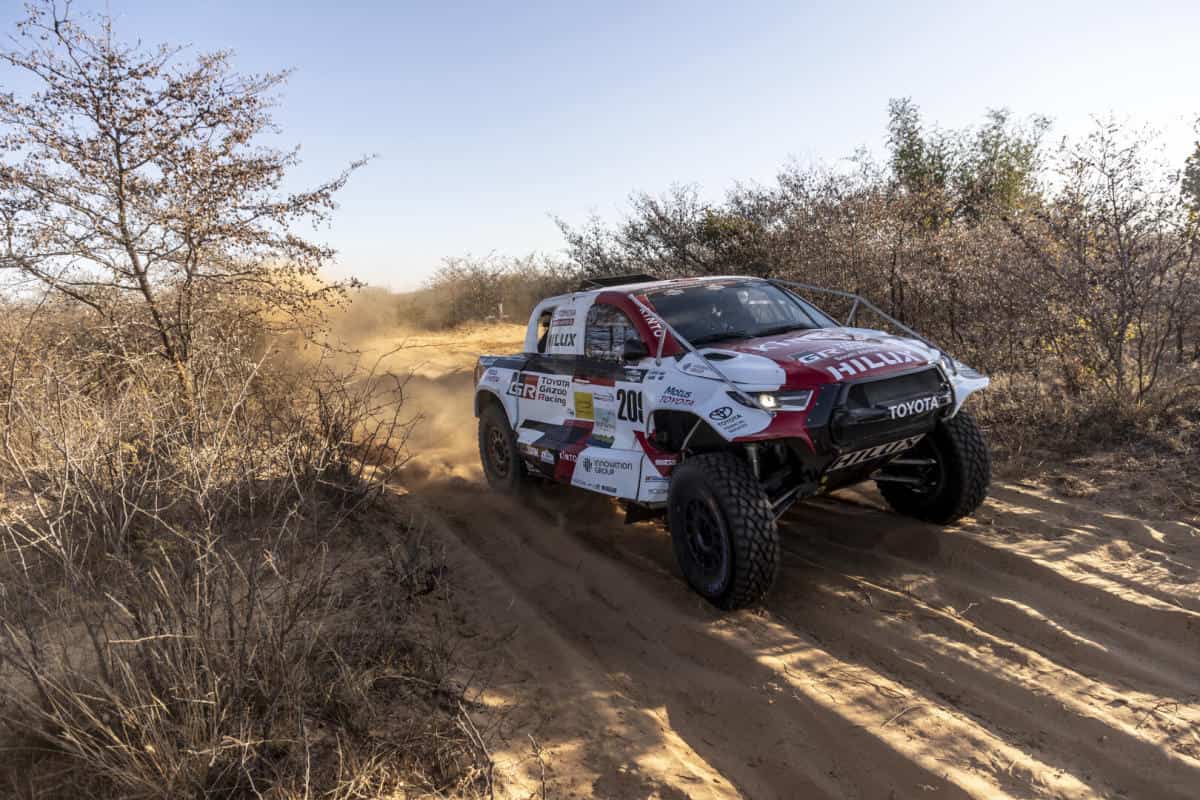
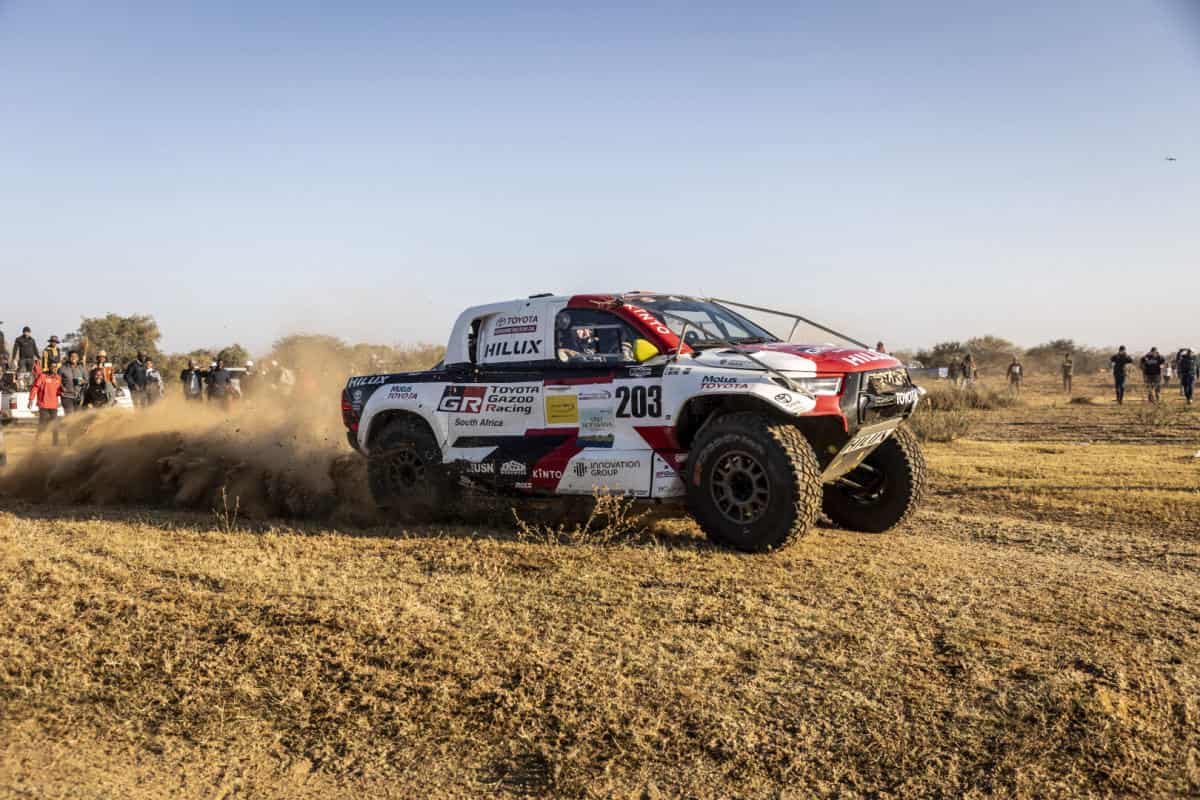
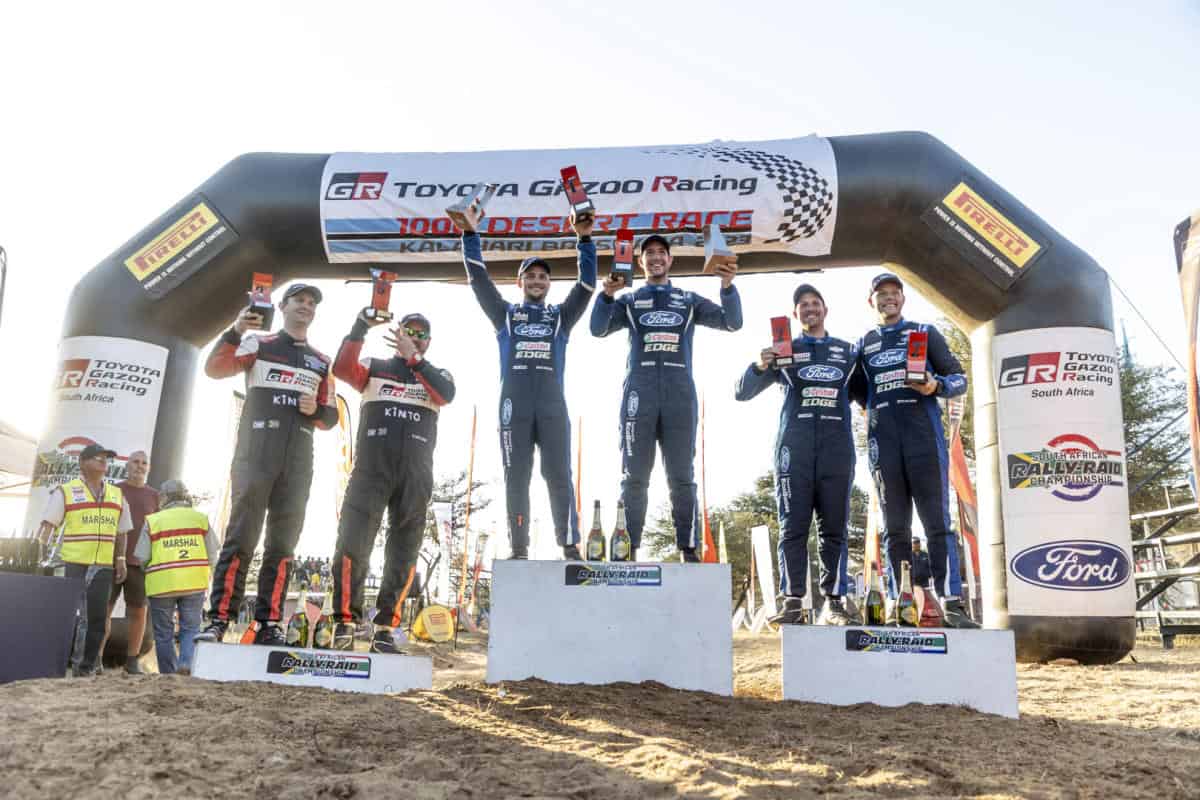
Content and images supplied via MotorPress
